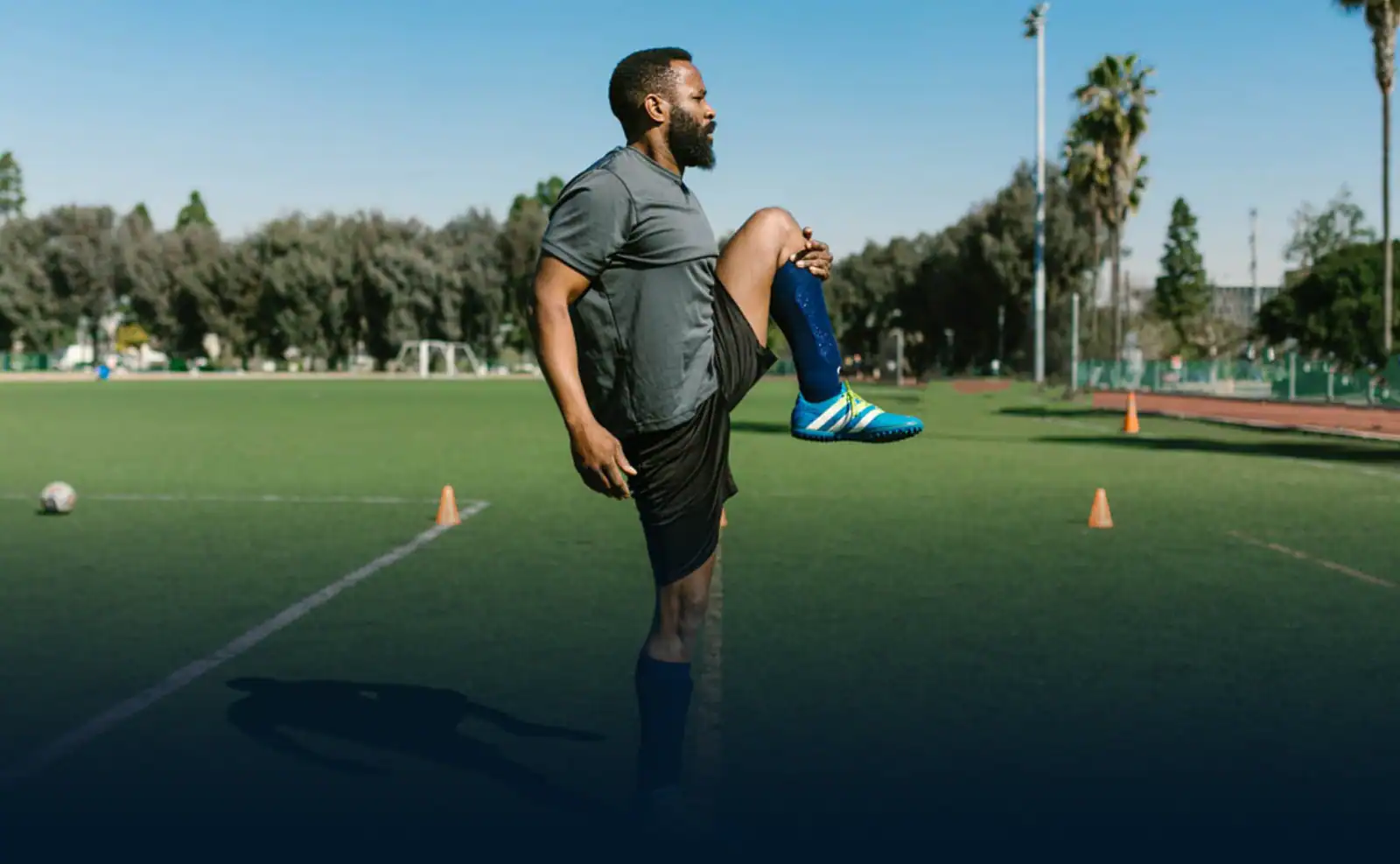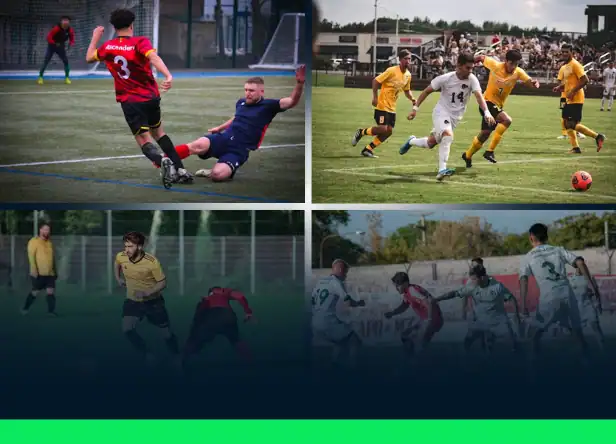In the modern era, soccer has evolved dramatically in terms of athletic demands and physical requirements. Physical preparation has become an indispensable pillar of performance optimization, whether for a professional MLS franchise or the U.S. Men’s National Team (USMNT). Today’s players are elite athletes, supported by comprehensive teams of strength and conditioning specialists, sports scientists, nutritionists, and recovery experts.
With the game becoming increasingly dynamic and competitive calendars packed with league fixtures, playoff campaigns, domestic cup competitions, and international tournaments, players’ physiological systems are pushed to unprecedented limits. Understanding and optimizing physical conditioning protocols is now critical for maintaining peak performance throughout demanding seasonal campaigns.
What Constitutes Physical Preparation in Soccer?
Comparisons between soccer in the 1980s and today’s game are frequently made. While it’s challenging to declare one era superior, one aspect is undeniable: the contemporary game is faster, more intensive, and significantly more physically demanding.
Thanks to professionalization and advances in exercise physiology and sports science, modern players can sustain high-intensity efforts while maintaining technical precision and tactical awareness. This is particularly evident in MLS, where expansive playing surfaces, extensive travel across diverse climatic zones, and high-tempo matches require exceptional conditioning levels.
Effective physical preparation enables players to:
- Execute back-to-back fixtures without performance degradation
- Peak during crucial seasonal periods (playoffs, international tournaments, cup finals)
- Minimize the risk of muscular injuries, a primary concern for professional squads
- Maintain tactical discipline and technical sharpness under fatigue
Methodological Approaches to Physical Preparation
Traditional Preparation Methods
Some coaching philosophies still embrace a “conventional” approach featuring high-intensity sessions without ball integration, focusing on building aerobic capacity and endurance foundations. Players engage in distance running, repeated sprint protocols, and hill training to establish robust physical bases before reintroducing soccer-specific elements.
This methodology remains prevalent in top-tier European and South American clubs, as well as certain MLS organizations seeking to provide their squads with sustained physical advantages throughout lengthy competitive seasons.
Tactical Periodization
At the opposite end of the methodological spectrum, many modern coaches implement tactical periodization—a revolutionary approach popularized by figures like Pep Guardiola and originally developed by Portuguese sports scientist Vítor Frade. This methodology integrates ball work into virtually every training drill, enabling players to simultaneously develop technical skills, tactical understanding, physical conditioning, and psychological resilience.
Widely adopted across MLS and European soccer, this approach is valued for replicating authentic match conditions while maintaining optimal training intensities. The core principle suggests that everything occurring on the pitch relates to tactical decision-making, therefore training should reflect this holistic integration.
Strength and Power Development: An Emerging Priority
With the proliferation of social media platforms, increasing numbers of professional players showcase their physical transformations. Building lean muscle mass and developing explosive power have become strategic advantages in modern soccer.
Enhanced muscular strength provides multiple performance benefits:
- Greater explosiveness for sprint acceleration and rapid directional changes
- Improved resistance during physical duels, essential against powerful defenders
- Superior injury prevention capabilities, particularly in high-contact situations
- Enhanced power output for shooting, jumping, and dynamic movements
Many MLS players and international stars have dramatically transformed their physiques through targeted strength and power protocols, often incorporating methodologies adapted from track and field athletics.
The Critical Importance of Physical Preparation
Elite teams recognize that losing key personnel to preventable injuries can derail entire seasonal campaigns. Muscular injuries, in particular, are frequently avoidable through consistent physiological monitoring and intelligent workload management protocols.
A prime example is Cristiano Ronaldo, renowned for his unwavering commitment to physical excellence. His disciplined approach enables sustained high-level performance across multiple seasons, explosive sprint capabilities, and technical precision maintenance throughout full 90-minute performances.
Gegenpressing and Its Physical Demands
Certain tactical philosophies, such as the gegenpressing (counter-pressing) system made famous by Jürgen Klopp, demand exceptional fitness levels. This tactical approach requires winning ball possession within 6-8 seconds of losing it, demanding players execute repeated high-intensity runs throughout matches.
In MLS, several coaches implement similar principles, requiring squads to maintain extraordinary fitness standards to execute this “heavy metal” style of play effectively. The physical demands of gegenpressing include sustained high-intensity pressing, rapid transition phases, and exceptional recovery capabilities between pressing sequences.
Seasonal Physical Preparation Management
Physical conditioning extends far beyond preseason preparation periods. Coaching staffs must strategically adjust training loads based on critical seasonal phases:
- Maintaining optimal form during international breaks and fixture congestion
- Preventing deconditioning during competitive pauses (winter breaks in certain leagues)
- Progressively increasing workloads before playoff campaigns or major tournaments
- Implementing recovery protocols during high-density fixture periods
Proper recovery modalities, nutritional optimization, and sleep hygiene management are equally crucial as training sessions for maintaining peak performance standards.
Contemporary Physical Preparation Exercises and Protocols
During seasonal preparation phases, training intensity must progress gradually to prevent overuse injuries while achieving peak form at optimal timing. Typical conditioning protocols include:
Aerobic Capacity Development:
- VO₂ max assessments to establish cardiovascular baselines
- VMA (Maximal Aerobic Velocity) testing protocols
- Intermittent running patterns: 15/15 intervals (15 seconds high-intensity, 15 seconds recovery)
- 30/30 protocols for developing high-intensity endurance capacity
- Diagonal field runs to train explosive acceleration and active recovery phases
Strength and Power Development:
- Medicine ball exercises for rotational power and core stability
- Isometric core strengthening and dynamic planking variations
- Compound movement patterns: squats, lunges, and unilateral exercises
- Plyometric protocols: jump rope, lateral bounds, and reactive jumping
- Functional movement screening and corrective exercise implementation
Match-Specific Conditioning:
- Periodized interval training replicating game demands
- 2 × 20-minute blocks with pace variations every 3-minute intervals
- 40-60 minute continuous runs featuring variable intensity zones
- Small-sided games for technical skill integration under fatigue
- Position-specific conditioning protocols tailored to tactical roles
Physical Preparation: Executive Summary
In contemporary soccer, physical preparation has evolved from a simple preseason component to a year-round systematic approach directly impacting performance outcomes and player longevity. In leagues like MLS, where extensive travel demands, climatic diversity, and match intensity challenge physiological limits, well-structured conditioning programs often determine the difference between mediocre seasonal campaigns and championship success.
The integration of traditional conditioning methods with modern tactical periodization approaches, combined with advanced monitoring technologies and recovery protocols, represents the current state-of-the-art in soccer physical preparation. As the game continues to evolve, teams investing in comprehensive, scientifically-grounded physical development programs will maintain competitive advantages in an increasingly demanding sporting landscape. Don’t forget that, beyond physical training, other areas of preparation are equally essential: mental preparation helps players manage stress, stay focused during key moments, and perform at their highest level when it matters most.





